The exhibition Us seeks to spark individual and collective reflection and converging views of self-consciousness and awareness of others. It holds up a mirror to visitors that reflects our society. A selection of 69 works encompassing all the periods of the MNBAQ’s collections (ancient, modern, and contemporary art) offers visitors a unique philosophical voyage that hinges on three universal themes, identities, migrations, and territories.
What is identity?
This novel grouping initiates reflection on self-image and the representation of others. Marie-Claude Pratte’s major work Portraits de société has inspired the exhibition. The stereotyped representations of different players in society produced by the artist in 50 little pictures broach caricature and the impact of prejudice.
The topic affords an opportunity to integrate a vast selection of works from the MNBAQ’s collection by Jori Smith, Mimi Parent, Sam Borenstein, Jean-Baptiste Roy-Audy, John Heward, Raphaëlle de Groot, Françoise Sullivan, Manuel Mathieu, Manasee Maniapik, Regilee Piungituq, Eddy Firmin and Alfred Pellan, who also question identity-related themes.
What defines me? What would we be without other people?
Imposed, or voluntary migrations
The second part of the exhibition highlights forced, or involuntary massive population shifts. What causes a population to move? How do the artists broach this theme? The works of Jinyoung Kim, Pitseolak Ashoona, Davidialuk Alasua Amittu, Couturier Lafargue and Ari Bayuaji examine this sensitive topic.
What does being “at home” mean for a nomad? What are the conditions for a successful exile? How does the territory influence the culture that inhabits it?
The territory that I inhabit and that inhabits me
The last part of the exhibition is devoted to a reflection on the notion of a territory and its inhabitants. How do human beings, animals, and flora share real or imaginary territories and what relationships exist between them? This remarkably rich topic is prized by Québec artists from the MNBAQ’s permanent collection, from Théophile Hamel in the 19th century to Caroline Elijassiapik, and including Jean Paul Riopelle.
Pellan and other major artists
A space devoted to Alfred Pellan pays tribute to the donors who have made an outstanding contribution to financing the Pierre Lassonde Pavilion. Some 30 works have been assembled, including a selection of 16 masks and 10 mobile sculptures that permanently revolved in the artist’s studio.
The Us project also includes works that the general public has greatly appreciated over the years, including Marc-Aurèle Fortin's L’Orme à Pont-Viaux (1928), Jean Paul Riopelle's Sans titre (1992), Jean Dallaire's Le Coq licorne (1952), Fernand Leduc's L’Alpiniste (1957), Alfred Pellan's Conciliabule (1945) and David Altmejd's The Quail (2008) (David Altmejd), to mention but a few.
The themes underlying the circuit allow the works to coexist and encourage a host of readings, especially philosophical ones. Through an approach that is sometimes playful, sometimes emotional or critical, the exhibition Us enables visitors to discover others and themselves, understand and unite, awaken and be filled with wonder, but above all, to be open to the world.
Credits
1 Marie-Claude Pratte, Portraits de société (détail), 1999-2000. Acrylic on wood, 140 X 260 cm (group). Collection of the Musée national des beaux-arts du Québec. Purchase for the Prêt d’œuvres d’art collection of the Musée national des beaux-arts du Québec. Photo: MNBAQ, Jean-Guy Kérouac. © Marie-Claude Pratte / SOCAN


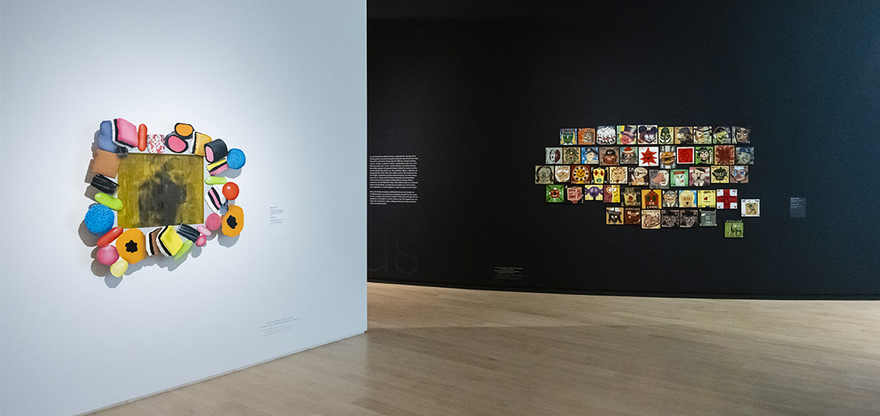
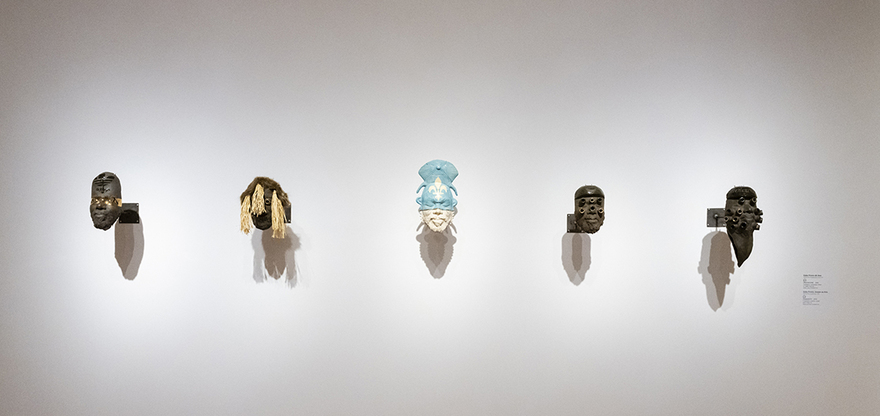
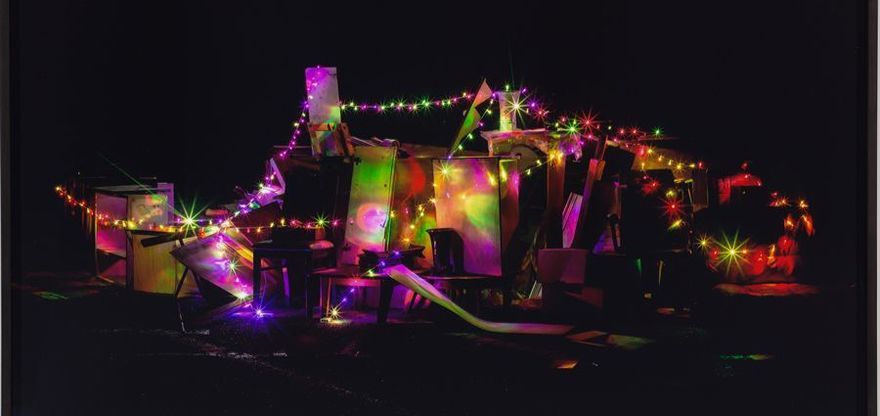
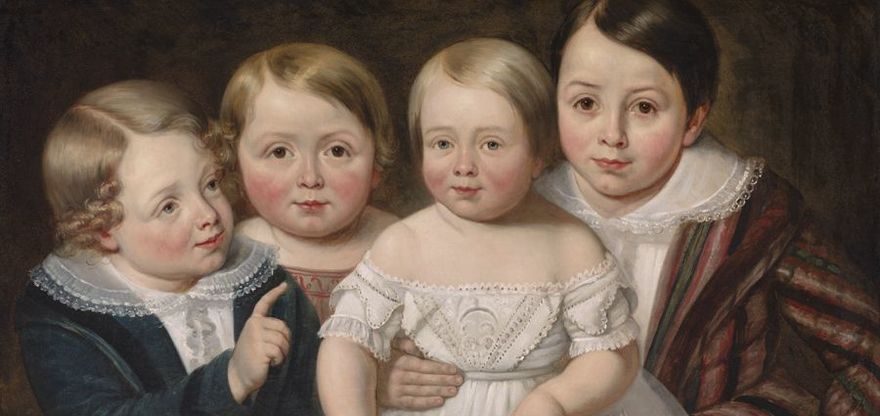


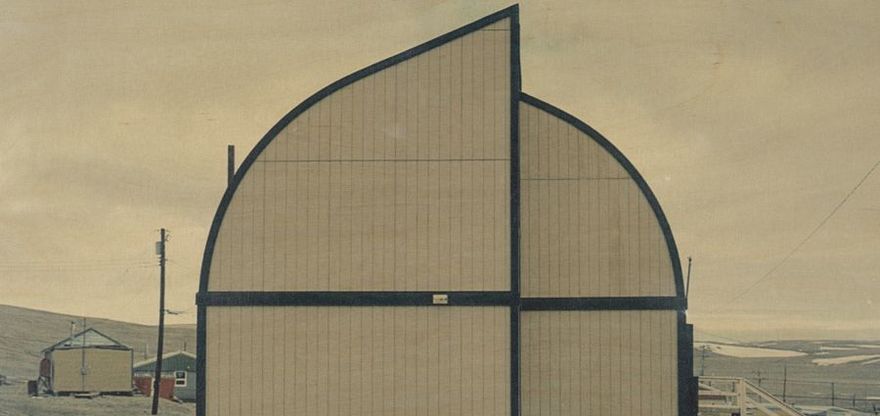
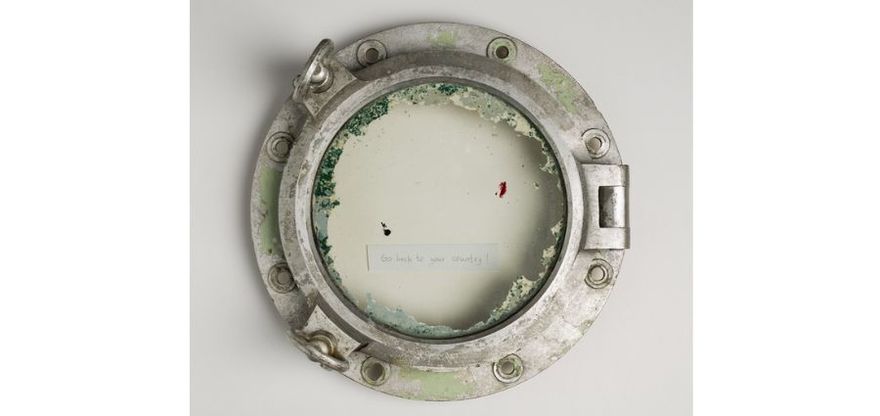
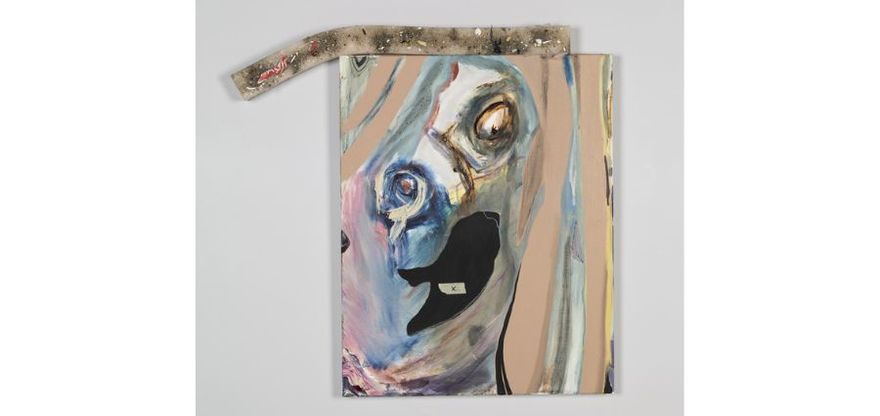


Give us your feedback